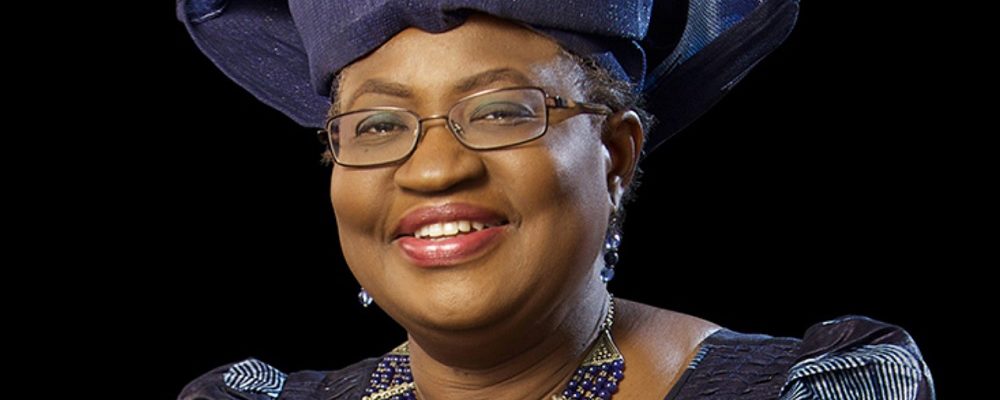History was made at the World Trade Organisation (WTO) on 13 February, when the multilateral body appointed its first female – and first African – director general, Dr Ngozi Okonjo-Iweala.
A board member of Standard Chartered Bank and Twitter, and a former World Bank managing director, the new WTO leader told stakeholders: “I am grateful for the trust you have in me, not just as a woman and an African, but also in my knowledge, experience and – as some of you have said – possessing the courage and passion to work with you to undertake the wide-ranging reforms the WTO needs to reposition itself for the future.”
With that substantial brief in mind, Dr Okonjo-Iweala indicated that her leadership style would honour and follow a traditional approach set down by her predecessors. “At the WTO,” she said, “the DG leads from behind, working with the talented secretariat staff to help members achieve results.
“You can count on me to be proactive, to work hard, to be balanced, fair, professional and objective, so as to continuously earn and sustain your trust. That way, together, we can restore and rebrand the WTO as a key pillar of global economic governance.” (Okonjo-Iweala, statement to Special Session of WTO General Council, 13 February 2021)
In some cases, the phrase ‘leading from behind’ has been summoned in a negative context, to evoke a sense of leaders being behind the curve, bamboozled or reluctant to make big decisions.
However, others have accorded it a far more virtuous meaning.
For example, in a recent article on best-practice digital transformation, Iain Fisher – a senior figure at corporate advisory firm ISG – sounded a note of caution over what he considers to be the wrong type of leader for large-scale change projects.
He said: “Leaders who use certain leadership styles to manipulate, create their own platform or seek to only focus on the big picture for political reasons typically lose their people and cause rework and burnout.”
As such, he said, transformations are best driven by people who prefer to lead from behind. “They sit underneath their high-performing teams,” he said, “leading by example so that the whole team wins.” Those sorts of leaders, he added, “know that it’s lonely at the front, so they go as a team.”
Which characteristics best equip a leader to lead from behind?
The Institute of Leadership & Management’s chief executive John Mark Williams says: “Leading from behind has been described variously as ‘leadership by influence’, ‘leading beyond authority’ or simply ‘not being authoritarian.’
“Author and business consultant Ken Blanchard once said that successful leadership stems from influence, not authority. And an important point to bear in mind here is that the relationships, networks and communication channels that people have are what make them effective leaders, in addition to their internal characteristics.”
Turning to those characteristics, Williams says: “The first is a willingness to accept a fundamental inevitability: that wanting to lead without authority isn’t always going to be easy – purely because of how much it depends upon influence. So, that requires a leader to recognise that, sometimes, they won’t actually be able to lead, and instead will just have to be patient. By the same token, one will also have to know when to be impatient. And knowing the difference between those two moments is very important.”
Williams points out: “It’s vital to be able to set clear expectations, too – because saying, ‘I’m going to lead from behind, and that’s how it’s going to be,’ doesn’t give your direct reports much to go on, in terms of what you may want from them in response to your leadership.”
He notes: “Another critical asset is the ability to say no: a trait that tends to be quite underestimated – particularly if it isn’t driven, or underpinned, by authority. Being able to say no, and being influential in the process – or, in other words, leading from behind and not letting people have what they want – is a consummate skill.
“So, a host of useful characteristics there – and I sincerely hope that Dr Okonjo-Iweala is going to be successful in utilising her own versions of those traits at the WTO.”
For further insights on the themes raised in this blog, check out the Institute’s resources on inspiring
Source refs:
Okonjo-Iweala, statement to Special Session of WTO General Council, 13 February 2021
The Enterprisers Project, 25 January 2021
Image of Dr Ngozi Okonjo-Iweala courtesy of 13 February 2021 WTO press release

